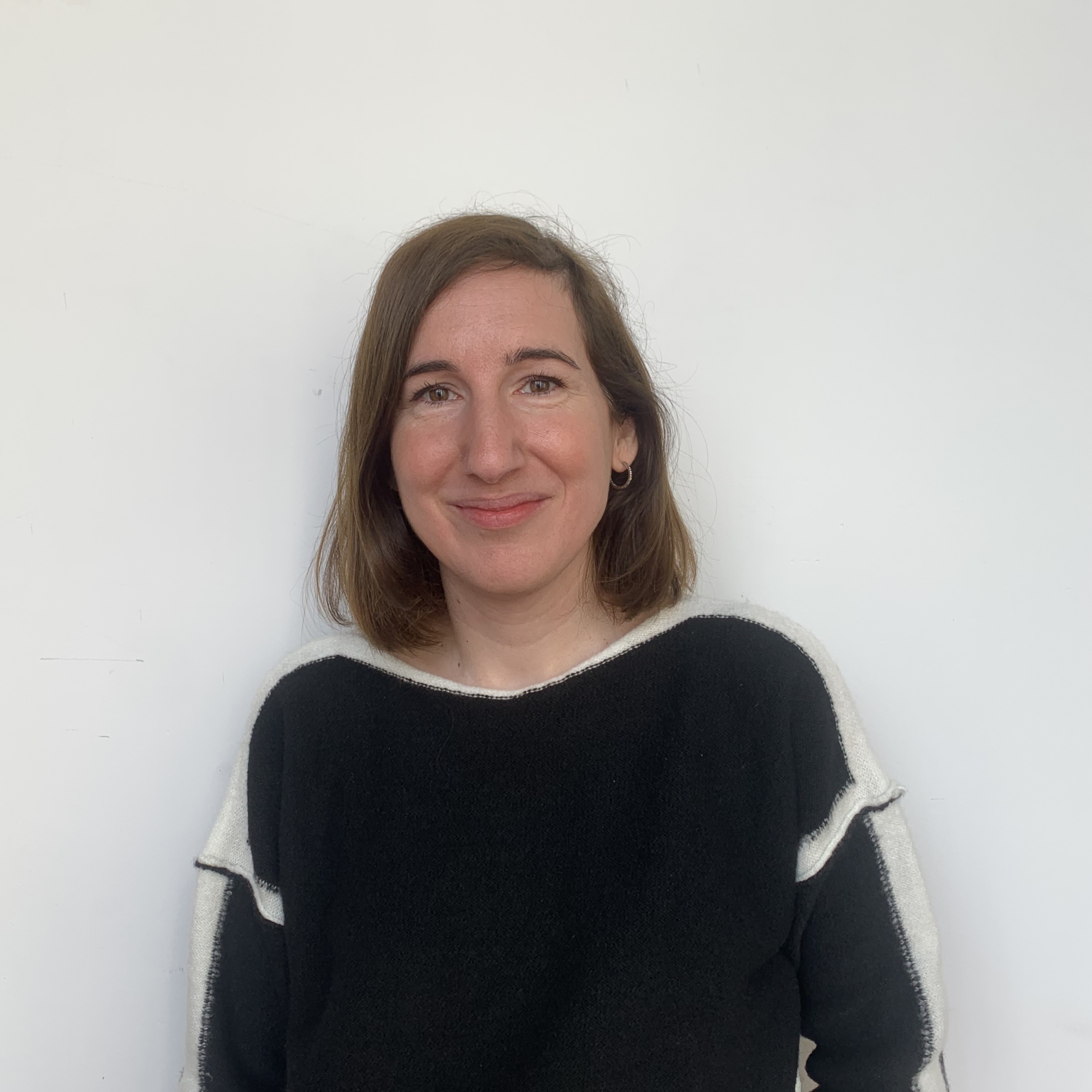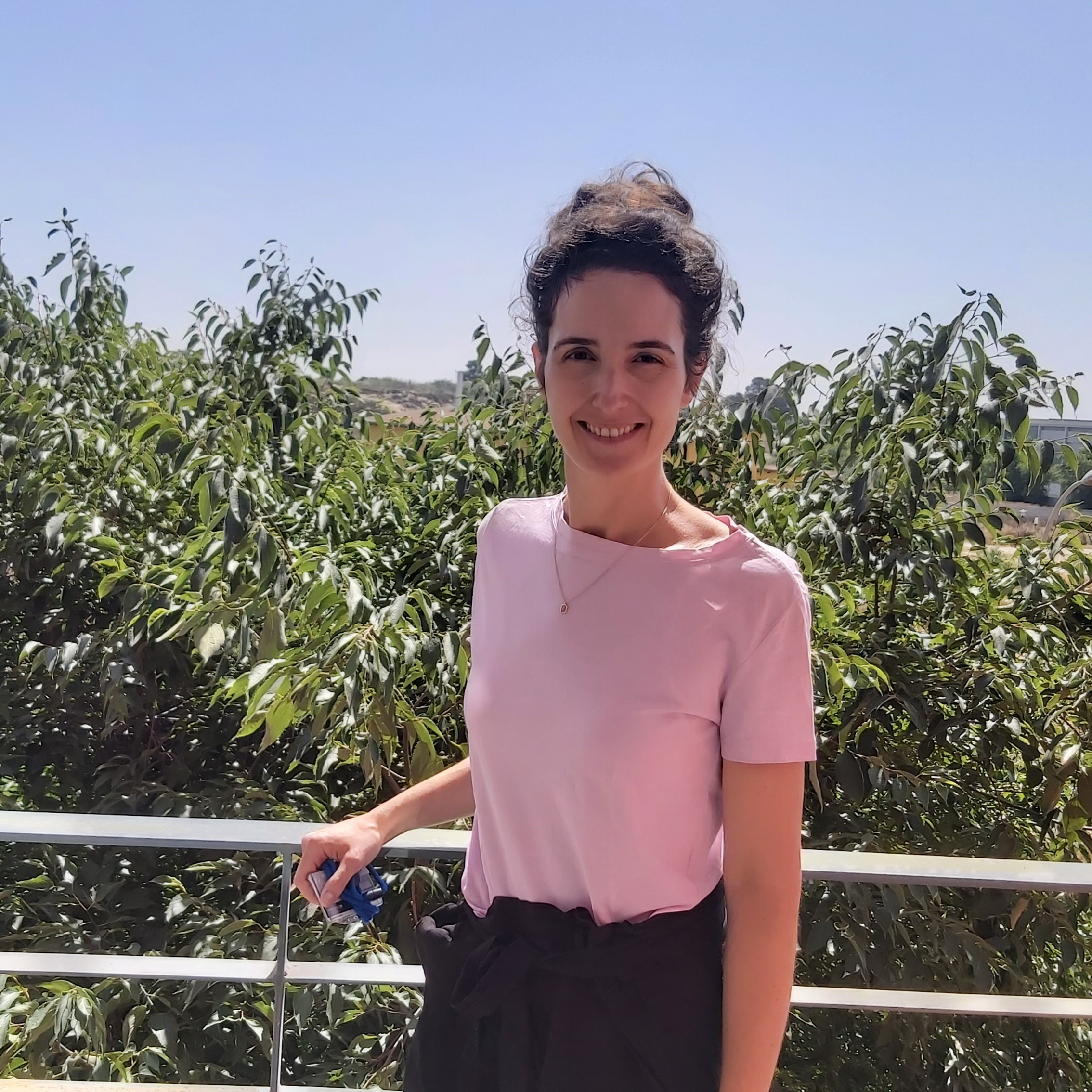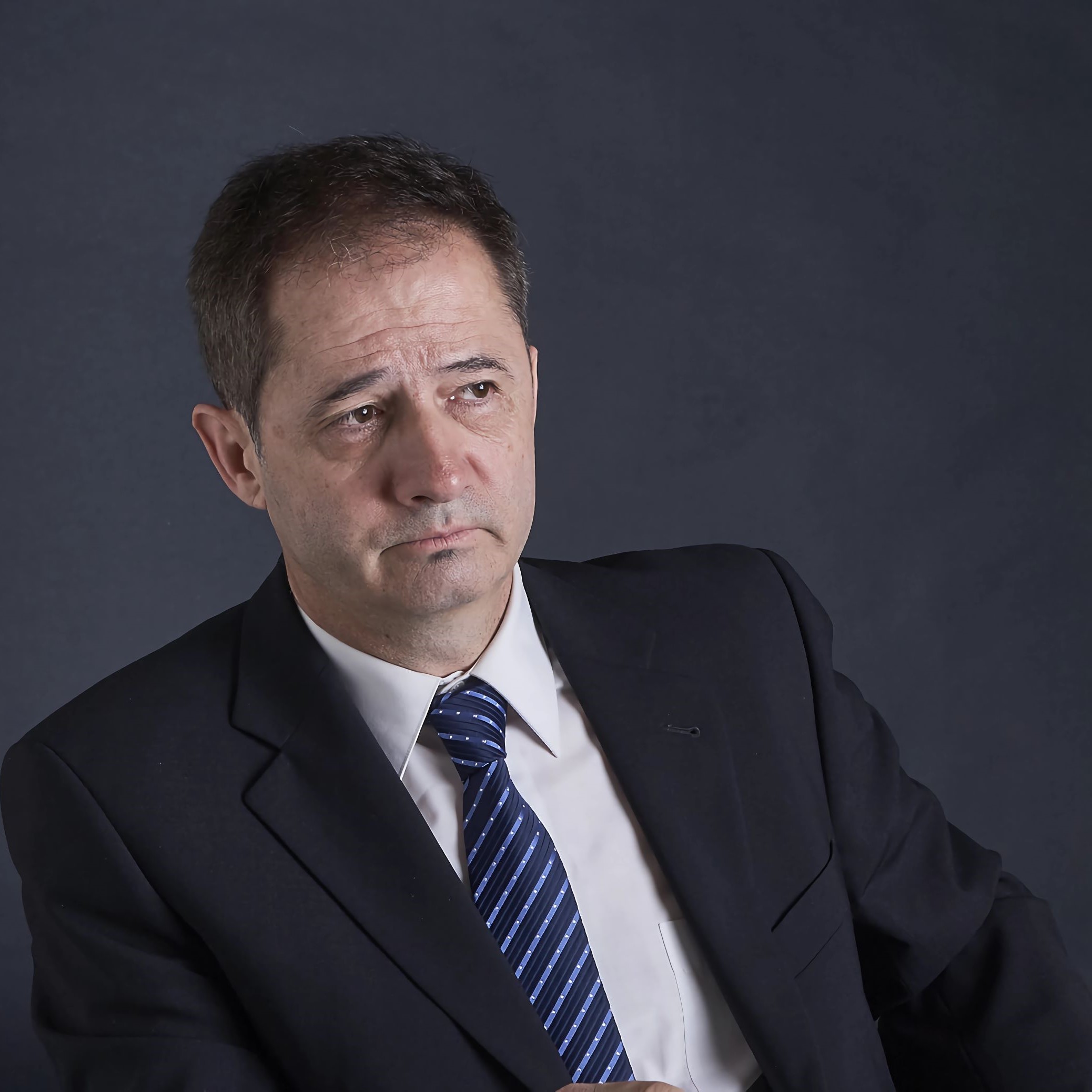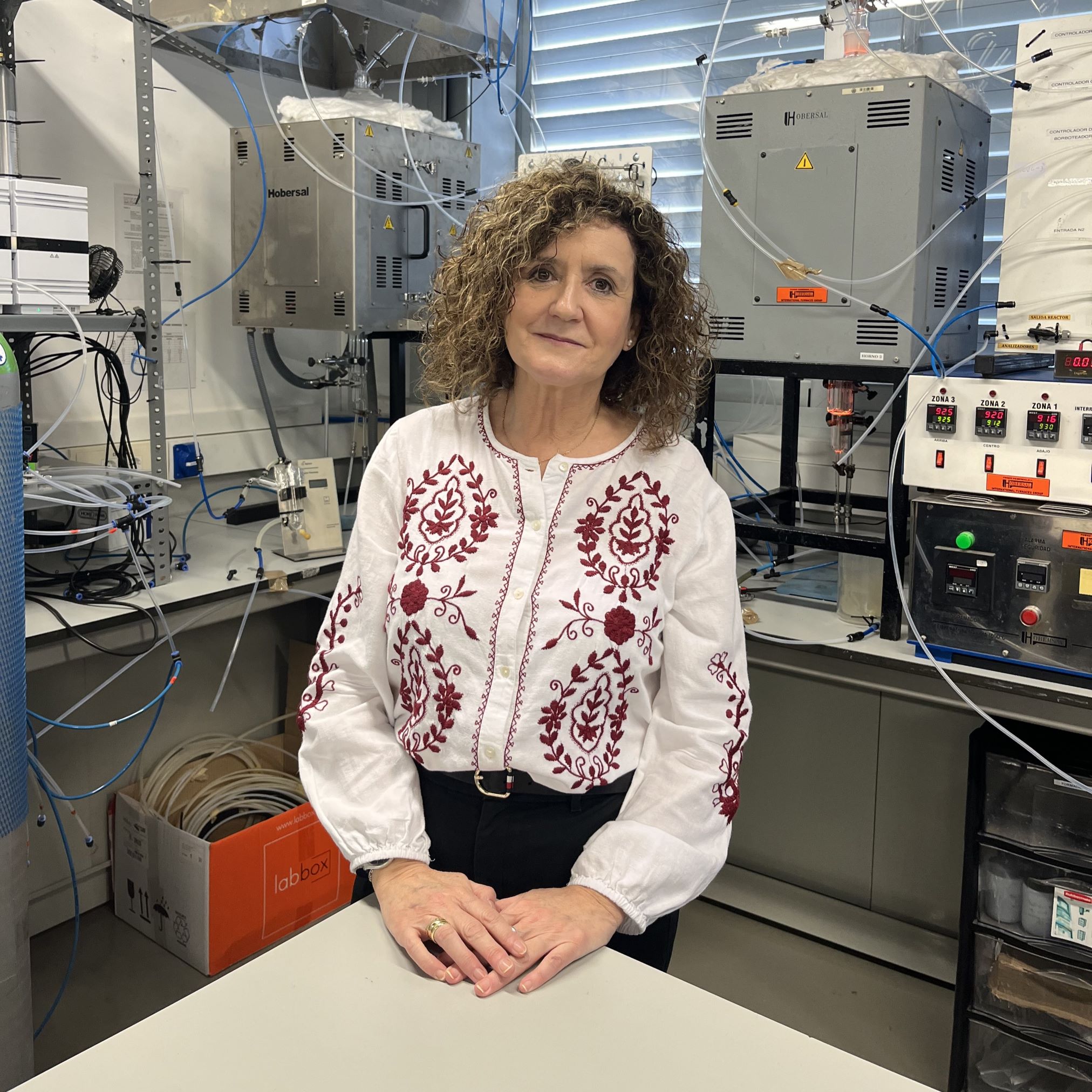
Why you decided to go into research
It was a bit of a fluke. Like many decisions in life, it was a combination of circumstances. When I finished my Erasmus in Sweden, I had the opportunity to stay there and study a Master's degree in Physics and Nanoscale Engineering at Chalmers University. Being surrounded by very inspiring friends has always motivated me to explore new paths, and at that time it made me decide to go to a spin-off company for my Master's thesis. An option I had not initially considered, yet it completely changed my perception of research.
I immersed myself in theoretical and experimental work, I put in the hours without any problems, I was hooked. I had never considered doing a PhD or research before, but this experience was a turning point in my life.
I was involved in the creation of a detector to identify proteins associated with Alzheimer's, which sparked my interest in translational research with clinical applications. I was then left with a thorn in my side to explore this field further. After completing my studies, I started working for a company, but I was always eager to return to the world of research. When the opportunity arose, I decided to take the plunge and here I am now.
How long have you been associated with the I3A and what would you highlight about the Institute?
I have been associated with the I3A for several years. During my PhD, I was part of the Institute, then I did a postdoc in the UK, where I stayed for seven years. But in 2019, I returned and joined the M2BE (Multiscale Mechanical and Biological Engineering) research group. Later, I was awarded a Ramón y Cajal grant and I was able to continue my research here, currently in the BSICoS (Biomedical Signal Interpretation and Computational Simulation) group.
I would highlight several things about the Institute. Firstly, the support it provides in project management is exceptional, especially now that I have had the opportunity to lead projects as a principal investigator. Also, the infrastructures available, especially in my research area, the cluster, are excellent. As well as, the number of researchers working on different things, the possibility to establish links with them. This variety of talents and research approaches is one of the Institute's greatest strengths.
In your research group, what are your main lines or areas of work?
Our research group, BSICoS, is very large and diversified. Traditionally, we have focused on biomedical signal processing, which remains a fundamental part of our activities. However, we have expanded our lines of research to cover areas that go into the more neural side such as the study of the autonomic nervous system and computational modelling. We are also starting to do things in artificial intelligence.
Personally, I specialise in computational modelling and simulation, as well as biomedical signal processing. My research focuses on data integration, specifically combining information from electrocardiograms, which record the electrical activity of the heart, and computational models. This approach allows us to better understand how this activity is reflected in the signals we observe.
Is there a project of which you are particularly proud because of its impact?
One of the projects I am particularly proud of is the one in which we worked with patients diagnosed with hypertrophic cardiomyopathy. This project had significant results, as we identified different phenotypes of the disease and explored their relationship with the risk of arrhythmias. The findings of this research were very promising and contributed to the advancement of our understanding of this pathology.
We are now involved in several exciting projects. One of them focuses on the development of digital twins, an innovative tool that allows us to simulate and predict the behaviour of the heart in a personalised way. In addition, I have been given a project related to Brugada syndrome. This syndrome is closely associated with sudden cardiac death, but only a small percentage of diagnosed patients experience this outcome. Our aim is to identify which patients are most at risk of sudden cardiac death by combining computational models, electrocardiographic signals and clinical data.
How do you envision the future of your research area, and are there any trends or challenges that you find particularly interesting or important?
I see a very interesting future for the area of computational modelling and digital twins in biomedical research. Today, to address challenges in clinical transfer, you need research clusters like the one we have at the I3A, and computationally it is very heavy. But a lot of work is being done along these lines, in much simpler, more phenomenological models, which for specific applications can give you a similar result and can be transferred much more easily to the clinical part.
What do you enjoy most about your profession and what do you enjoy least?
For me, research is like a roller coaster. There are moments that are hard because things don't go as planned, which requires effort, work and resilience, and then there are better times. But, without a doubt, what I enjoy most about my profession is the creative and collaborative process of designing research projects; this initial stage is exciting and stimulating. I love the dynamics of discussing and exploring new possibilities with other researchers. What I like least is the uncertainty and lack of professional stability for researchers.
What would you say to anyone thinking of going into research?
At the beginning of my career I saw research in a very different way. I had the feeling that it only had opportunities in the academic world. However, the landscape has changed a lot in recent years. Today, research is carried out in a wide range of settings, both in academia and industry. You can be engaged in one, realise that it is not fulfilling you and switch. What I mean is that it is a path with a return. I have many colleagues who did their PhD with me and then found their passion in business research and are equally satisfied with their career.
Therefore, my advice is to explore all available options and follow the path that best suits your interests and career goals. Research is a constantly evolving field and offers a wider range of possibilities than one might imagine.
CLOSE UP…
What did you study: Physics
A dream to fulfill: Develop a methodology that help us identify patients at risk and that can be used in clinical practice.
Hobbies: I love painting, traveling and the mountains.
A book: Mrs. Dalloway by Virginia Woolf
A film: The Secret in Their Eyes, Untouchable
Musical group or favourite singer: Fito y Fitipaldis, Coldplay, Dua Lipa...
A trip: I really enjoyed a road trip through Los Angeles with friends, and a dream destination is Japan.
How would you define yourself: I consider myself a creative person and this aspect is also reflected professionally in my research.


